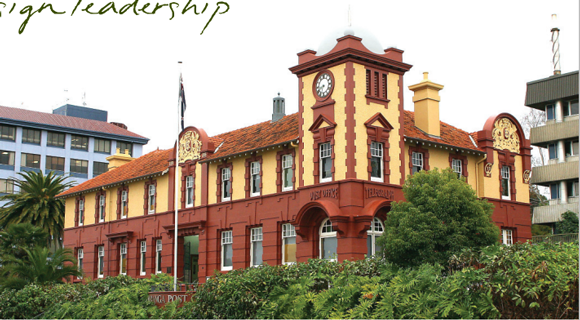This is article #15 in my 16 part series summarising Tauranga City Council strategy documents.
Here is my summary of the Tauranga City Council Urban Design Strategy 2006 (88 pages. 11Mb .pdf).
“Urban design is concerned with the design of buildings, places, spaces and networks that make up towns and cities, and how people use them.”
An example would be placing adding trees in car parks provide shade, reduce the amount of heat reflected from the paved areas and give a more pleasant environment for people and birdlife.
“The Tauranga Post Office is a local example of many of the qualities which illustrate good design. Constructed for government purposes the building has been built to last and is highly visible, giving legibility to the centre of the city. The building has also been able to be adapted to changing uses. It is a piece of the Tauranga’s valued heritage that we as a community can learn from in development of our heritage of the future.”

The vision for this document is “A coastal city of neighbourhoods nestled into the landscape in which people embrace their rich heritage and culture through contemporary design”
The key principles underlying this strategy are:
- Provide design leadership
- Protect and reflect the local identity (Tauranga Moana)
- Recognises and is sensitive to the context
- Create safe, lively and comfortable places
- Connect people, places and spaces
- Enhance environmental quality
- Make efficient use of energy and resources
- Promote choice and diversity
- Foster creativity and innovation
- People work together
This is all lovely stuff, but there is a problem.
And it’s the same problem that most of these strategy documents have. These ideas don’t seem to be adequately funded (under the heading “what it will cost”, was just “staff time”) and they don’t seem to have any teeth to ensure compliance.
Many different parties were involved in the Urban Design Strategy (listed on page 73 of the strategy), but I couldn’t find and mention of policy’s that emerged that could be used to influence decisions that developers make.
Your Thoughts?
What do you think of my notes? Anything that catches your eye? Have your say in the comment section below.